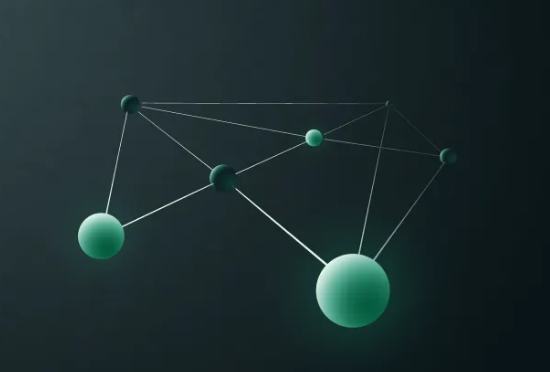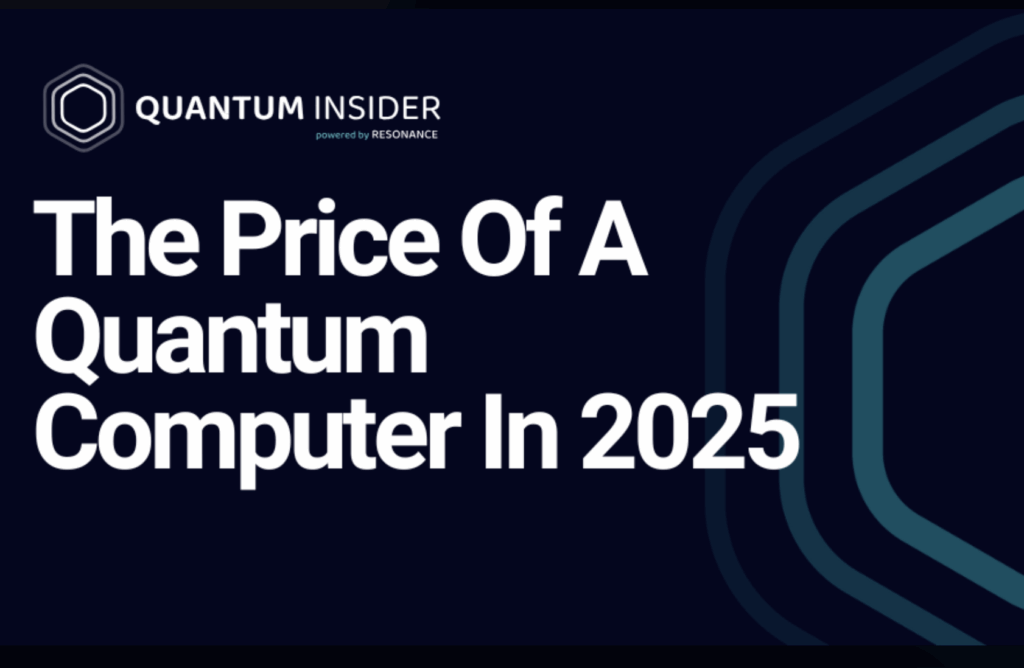Insider Brief:
- Particle accelerators generate vast amounts of data, requiring advanced computational frameworks to analyze interactions of subatomic particles.
- Quantum Boltzmann machines may offer improved data analysis capabilities over classical models by leaning on inherent quantum phenomena to capture correlations in high-dimensional data.
- Researchers successfully applied QBMs to analyze particle jet data, where encoding data into quantum states allowed QBMs to identify patterns missed by classical models.
To understand the universe on a grand scale, we must first elucidate the universe on a minute scale. Each collision at particle accelerators, such as CERN’s Large Hadron Collider, provides a coveted look into the fundamental forces shaping reality. However, it also generates monumental amounts of data—exceeding billions of gigabytes annually—requiring computational ability that only the latest technology can meet.
High energy physics experiments demand sophisticated computational frameworks to decode the interactions of subatomic particles. According to recent studies, quantum computing, with its ability to analyze complex quantum correlations and high-dimensional data, may be relevant to these challenges. This has drawn interest from top scientific facilities, including DESY (Deutsches Elektronen-Synchrotron) in Germany, which, in collaboration with Quantinuum, the University of Leiden, and others, is exploring quantum computing applications in particle physics research.

Quantum Boltzmann Machines for Data Analysis
In the pursuit of decoding the universe’s smallest secrets, even the best classical tools fall short. High energy physics has traditionally relied on classical Boltzmann machines to model probabilistic data distributions. However, as datasets grow in complexity and dimensionality, these models struggle, especially when it comes to capturing quantum-specific correlations that exist within high-energy particle data.
Unlike classical BMs, the inherent quantum effects in QBMs allow them to process correlations that classical approaches typically miss. This sensitivity to quantum phenomena is especially advantageous for HEP data generated by particle accelerators, as noted by the researchers in the referenced study.
One of the study’s key outcomes, as highlighted by the team, is the efficient training of fully-visible QBMs, a variant that includes only observable units and avoids the trainability issues associated with restricted QBMs. Researchers demonstrated that QBMs can effectively learn high-dimensional distributions, validating their capabilities on both synthetic and real-world datasets. This success is largely attributed to QBMs’ Hamiltonian structure, which incorporates non-commuting terms.
A Case Study: Quantum Boltzmann Machines and Particle Jets
Particle jets, clusters of particles produced in particle accelerators, provide insights into the behavior of fundamental particles such as quarks and gluons. These jets form as a result of high-energy collisions, where particles interact intensely before decaying into streams or “jets” of secondary particles. Studying these events helps physicists validate theoretical models and study the fundamental aspects of particle interactions, which in turn help advance our understanding of the Standard Model of particle physics.
In this study, researchers applied quantum Boltzmann machines to analyze particle jet data. This involved simulating and interpreting high-dimensional data from particle jets. By encoding the data into quantum states, the QBM could identify patterns overlooked by classical Boltzmann models and with greater computational efficiency. The team also explored how the data’s encoding into quantum states impacted the QBM’s performance, discovering that careful optimization of this encoding process can greatly improve training outcomes.
Looking Forward: Implications and Future Directions
One recommendation for finding quantum advantage is searching for problems that are uniquely quantum — while still in its early stages, the adoption of quantum machine learning for high energy physics may be one such place. As more facilities adopt quantum technologies, experiments with quantum Boltzmann machines could lead to new insights in particle physics and beyond.
Contributing authors on the study include Cenk Tuysuz, Maria Demidik, Luuk Coopmans, Enrico Rinaldi, Vincent Croft, Yacine Haddad, Matthias Rosenkranz, and Karl Jansen.

















